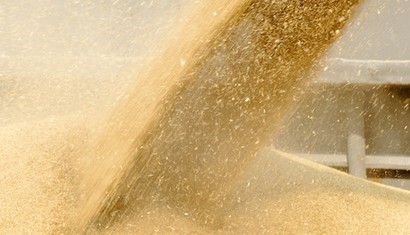Food Safety + Combustible Dust = Unique Challenges
Called an “insidious hazard” by the U.S. Chemical Safety Board (CSB), safely handling combustible dust poses challenges in many different industries. In that vein, complying with combustible dust standards presents unique challenges for the food industry because hygienic design also comes into play.
I do not use the word “unique” lightly. Nearly every process step that requires a food producer to simultaneously control dust explosions and food safety hazards demands a unique set of preventive measures. Even identical production lines only present the same challenges if they have the same processing equipment, producing the same product with the same ingredient under the same conditions. I have seen very few truly identical production lines in my experience with dozens of facilities that manufacture all different types of food (wet, dry, cold, hot, animal, vegetable, mineral, etc.).
While combustible dust safety standards have become more stringent over the past few years, knowing the written codes is not enough. And it’s not only the requirements to comply with National Fire Prevention Association (NFPA) codes and insurers’ guidelines that motivate food companies. Increasingly, companies have approached me, and EAD, seeking good practices for controlling combustible dust in GMP processes. In my experience, they are motivated by a one or a combination of two reasons. First, the Information Age brings people accurate information about what went wrong elsewhere, which gives them hints on how to address their own issues. However, this information also scares them with the possibility of suffering public shame if they become the next bad example. Second, the implementation of safe practices is simply recognized as the right thing to do. No one wants to produce food that sickens people or experience a dust explosion that will, at best, cost money and delay production or, at worst, cost people their lives.
Implementation of NFPA 652 as an overarching standard has simplified compliance. But, there is much to be said for hiring or contracting people with experience in designing or re-designing dust handling systems. There are many options for dust handling, pneumatic conveying and explosion protection equipment. The solution to your food or dust safety risk may even need multiple combinations of equipment and design practices. Remember, these issues can’t be resolved by purchasing an item from your local farm supply store (believe me, as a Nebraskan, I love farm supply stores). We can only resolve these challenges with knowledge, experience and using the right piece of equipment for each unique application.
So, if you’re thinking about or already started creating or updating your dust and food safety plans, congratulations! But, be careful, be prudent, be wise: Identify the issues correctly and fix them the right way, the first time.
To learn more, download our combustible dust PDF in the top right corner of this page. If you’re interested in a combustible dust assessment from EAD, contact our team at 402.884.8650 or info@eadcorporate.com.

